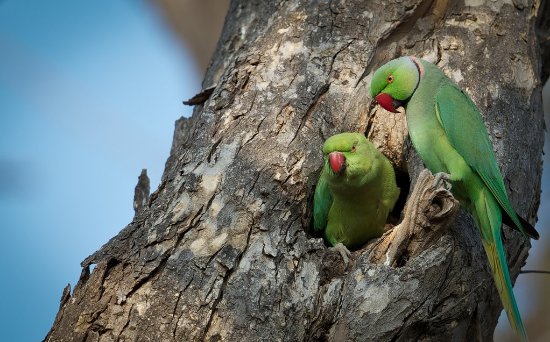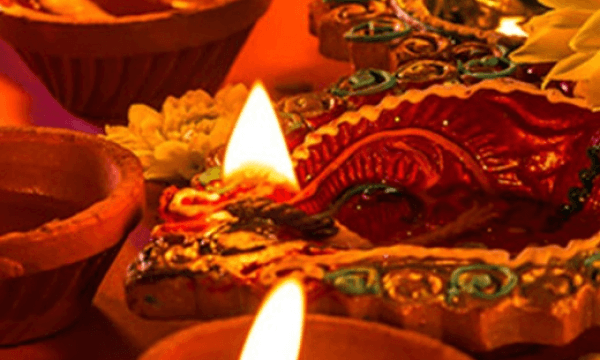
காதலர்ப் பிரிந்தோர் புலம்ப பெயல் கனைந்து
கூதிர் நின்றன்றால் (71-72)
Separated Lovers struggled with greater pain and loneliness
during the heavy rainy and cold windy period.
Nedunalvaadai is a Third Sangam Tamil classic written around 300 BC. Nedunalvaadai is a compound word created after concatenating Nedu + Nal + Vaadai, meaning long/prolonged + good/pleasant/comforting + cold breeze from the North. It contains 188 stanzas and is sung by the bard Nakkeerar.
The Tamil language is unique in that it is comprised of Uyir (12) + Mei (18) + Uyirmei (12 ✕ 18 = 216) + Aayudham (1) = 247 letters. Because of this unique feature, words can be constructed by summation. This is the reason Tamil letters are called Nedunkanakku (long definitive summation).
An expert in the Tamil language must be able to do this summation. This is why he/she is aptly named Kanakayanaar, meaning an expert capable of doing Tamil definitive long summation. This is a specialty of the Tamil language and through this method, compound words can be constructed. The implied meaning of such words is straightforward in Tamil whereas in other languages equivalent words are hard to find.
When it comes to translating such words to other languages, one faces the difficulty of finding a synonym. The only solution is to explain the content in few short sentences. In some cases, a paragraph is needed to explain the implied meaning. This applies not only to English but to other language translations as well.
The Bard
வையகம் பனிப்ப வலன் ஏர்பு வளைஇ
பொய்யா வானம் புதுப் பெயல் பொழிந்தென (1 – 2)
Unfailing clouds climbed to the
right, circling and chilling the earth
and came down as fresh rains.
(As translated by Vaidehi Herbert, Hawaii)
The author of the Nedunalvaadai is Madurai Kanakayanaar’s son Nakeerar. This is the way he has been represented, and he was the one who sang Nedunalvaadai, presumably glorifying Thalaiyaalangaanathu Seruvendra Pandya Nedunchezhian and his Queen Thazhumban Paandimaadevi.
At the beginning of this idyll, he begins with Agam construct, a method of writing an epic without revealing the true identity of the lead in the storyline. This was the preferred etiquette of the Tamil Sangam bards in the ancient Tamil world. However, it was not strictly followed in this epic as he left some clues for the reader to interpret the lead. Most scholars could interpret it successfully – hence, they placed it under Puram construct, which allows the protagonist to be named outrightly. It is classified under Pathupattu (10 idylls) genre of Sangam literature.
Vaadai, The Season
Vaadai corresponds to the current day of the north-east monsoon season of peninsular India. It occurs from October to December, and the Tamil country usually receives 60% of its annual rainfall during this season. The monsoon brings cold, win and rainy conditions to the Tamil country from the north on and off throughout the season.
In this epic, the author begins the first sentence describing the nature of rain and its impact on the flora and fauna of the landscape including the psychedelic effect.
The cattle herders were distressed about the cold and rainy conditions as they held their long curved stick, moving the cattle from the flooding plains to the highlands. The migration was not pleasant for both the herd and herders alike. Their bodies and the glory lily garland they wore were soaked in water. They lit a campfire and warmed their hands by placing them on their cheeks to shake away the coldness from their body.
Birds on trees fell off from where they were perched, monkeys sat still with a hunch and animals simply forgot to graze. Nursing cows refused to let their calves feed on their breasts and kicked them off. This was the harsh nature of the frigid conditions that existed on the night of thevaadai season.
On the other hand, everywhere one could see bindweed sprawling along with sponge gourd vines. They bloomed white and golden yellow flowers everywhere. There were brightly coloured flowers and water droplets everywhere. Opportunistic green legged and red striped storks were everywhere catching the big fish that swam upstream. Black clay fields were smeared with white fine sand. Paddy crops were in its fullest, bearing the rice grains at their spears and Areca nut palm trees were in abundance.
To be continued...

























